My favourite pub is 200 years old. It looks every bit its age. There’s an out of tune piano in the corner which is used mostly for holding drinks, and shelves of bric-a-brac that have probably been in place since the doors first opened. The carpet is sticky, the ceilings are low and the bathroom is downstairs in a dingy basement. There are open flames where there should not be open flames. It’s hard to see how the place is compliant with modern fire regulations or accessibility legislation.
But the pints are great and it’s always packed.
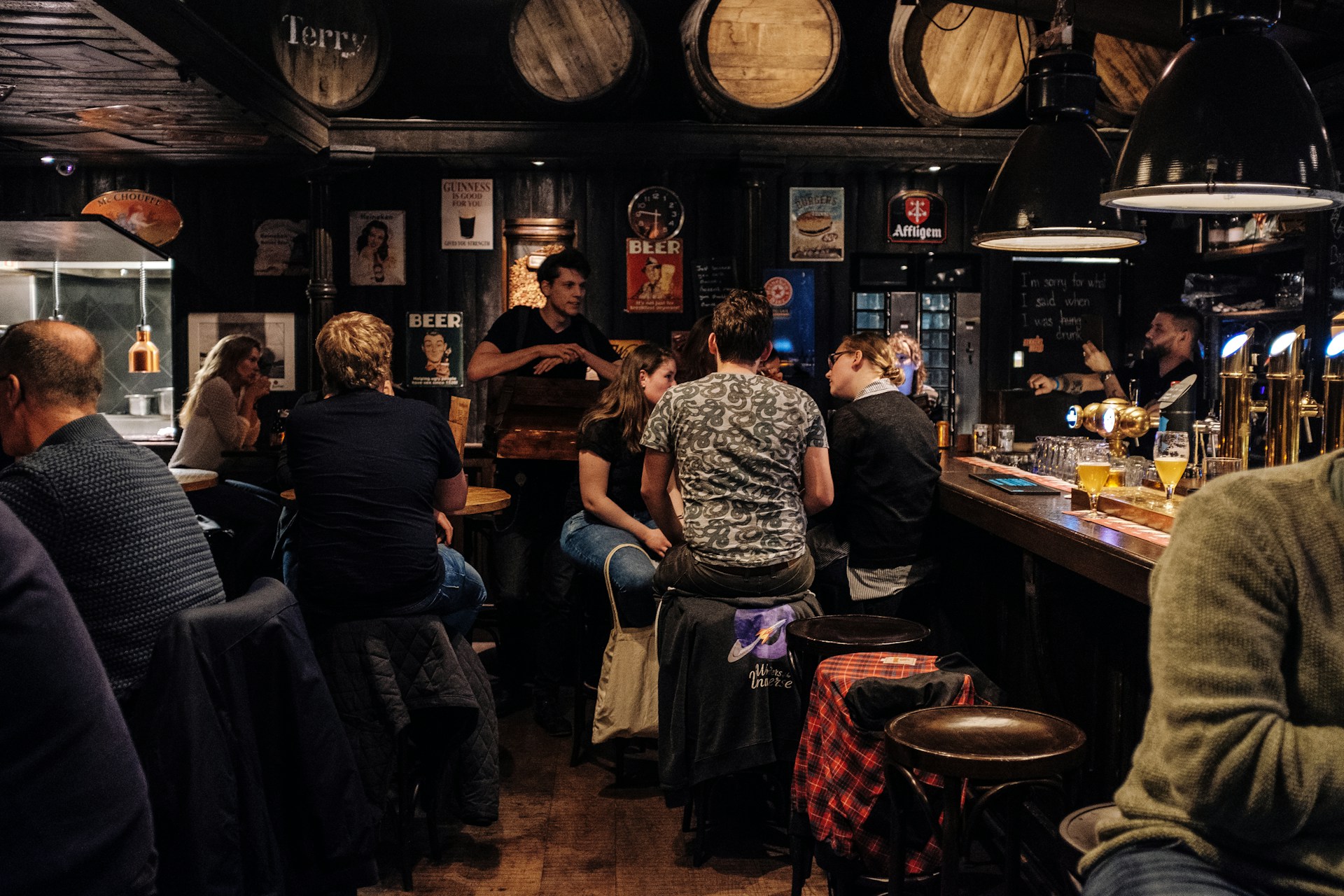
There are at least 10 other pubs and bars within stumbling distance. They do ok, picking crumbs off the master’s table. Some are traditional snugs doing their own version of grotty chic. Others are folksy pastiche, with foxed mirrors on the walls and antique bicycles hanging off the ceiling, their recent construction given away only by the open-plan design.
On paper, each of these other venues is a better-designed space for the modern customer. Cleaner, more accessible, with properly designated smoking areas. Easier to order at the bar. Tables actually designed to be tables. But none of them has the same charm, the same natural sense of ramshackle, that intangible magic of the authentic and unpretentious which seems beyond the reach of architectural design. They don’t have “it”. Character.

Character does not mean beauty. Often the opposite. It’s a monstrosity but it’s our monstrosity. And it doesn’t mean comfort, style or practicality. Sometimes the more such features are prioritised in a building or a neighbourhood or a town, the more that place’s unique identity is chiselled away in favour of the bland. Is “blandification” a word? If not it should be.
Who’s to say what qualifies as character and what doesn’t? After all, one man’s treasure is another man’s trash. There are fine lines between quirky charm and staged vintage, between homage and imitation. Cities like Dubai and Las Vegas have walked and fallen off that tightrope.
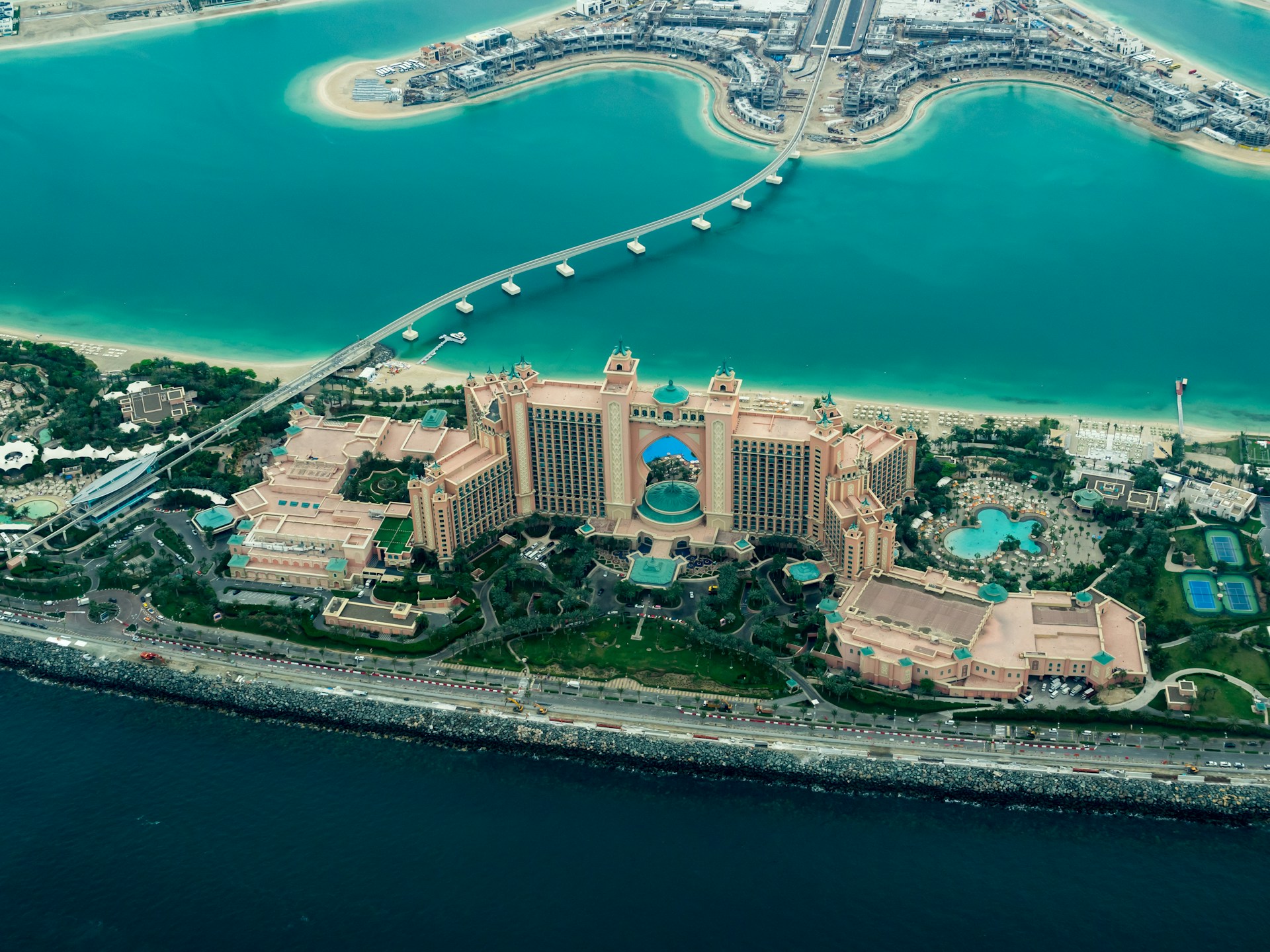
Or maybe that’s just like my opinion, man…filtered through my own perceptions and cultural standards and preconceived biases. Which seem to have led me to some arbitrary definitions of what qualifies as character. For example, a bicycle hanging off a ceiling for 200 years gets the thumbs up, but not a new bicycle on a 200-year old ceiling, or a 200-year old bicycle on a new ceiling. *scratches head.
So it’s hard to pin down what exactly character is. But it’s easy to recognise when it’s absent.
Take Canary Wharf. A tick box of modern city design principles. Glass skyscrapers perfectly imagined for 21st Century work requirements, natural light everywhere, open spaces for communal gathering, landscaped walkways between buildings. Intended by it’s owners to be a “24/7 city where people live, work and play”
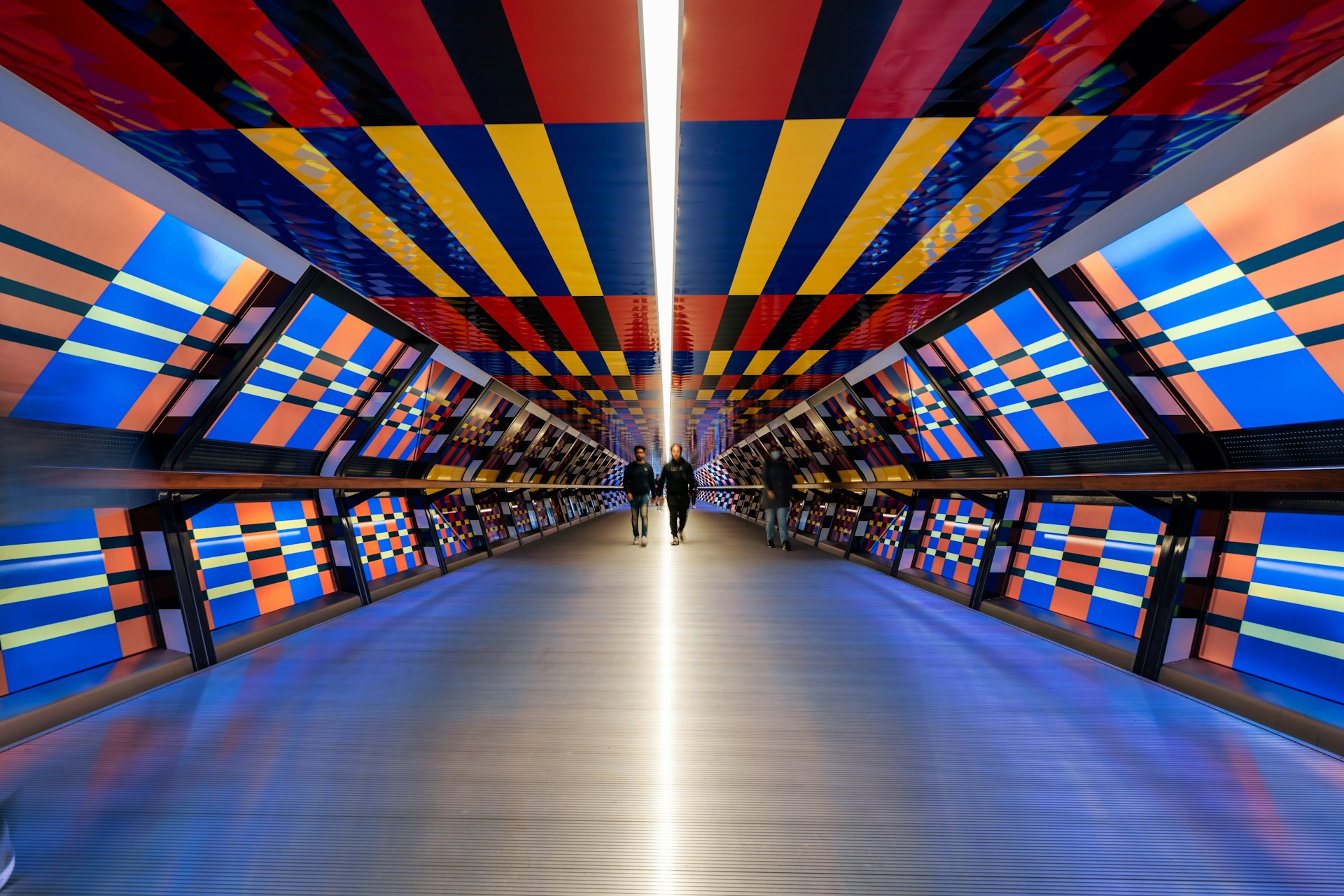
And yet, you can’t read a description of the place without the words “soulless” or “sterile”. No amount of public art trails, open-air movie screenings or go-karting can convince the workforce to stick around past 6 o’clock. Or convince HSBC not to leave their “tower of doom” in favour of a return to the City of London’s narrow streets.
Creating character can be like organising fun. The harder you try the more forced it feels. The most memorable examples happen organically, the result of spontaneity or happy coincidence. They work, not because of design, but in spite of it.
Given a blank page, modern architecture would never have created neighbourhoods like Manchester city centre, full of vibrant redeveloped warehouses. Or proposed that a precinct of slaughterhouses would make the perfect backdrop for a cultural hub like in Manhattan’s Meatpacking District. And maybe that’s part of the magic.
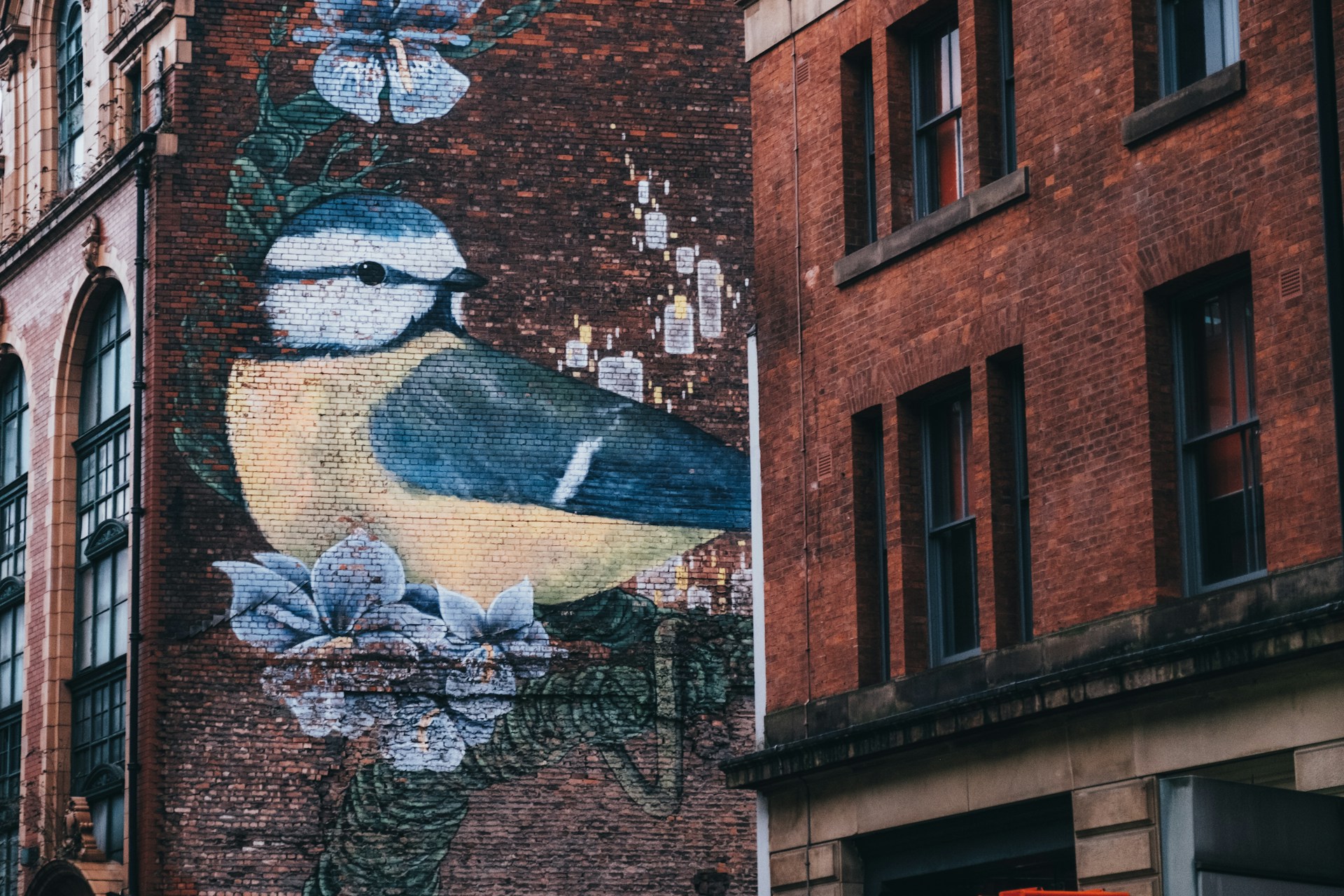
Cities around the world are today desperately seeking to reimagine themselves. Office space is being repurposed into accommodation, parking spots are giving way to outdoor dining, and rooftops are being turned into gardens. You’re not doing your job as a town planner unless your day is filled with buzzwords like resilience, sustainability and circular economy.
People are resistant to change. Every shiny new thing is replacing whatever was there before, disrupting the status quo. I liked the original version isn’t just for Beatles songs.
But time has a funny way of softening hard edges. Leave something in situ long enough and hostility melts into acceptance, and the shiny new thing becomes the status quo.
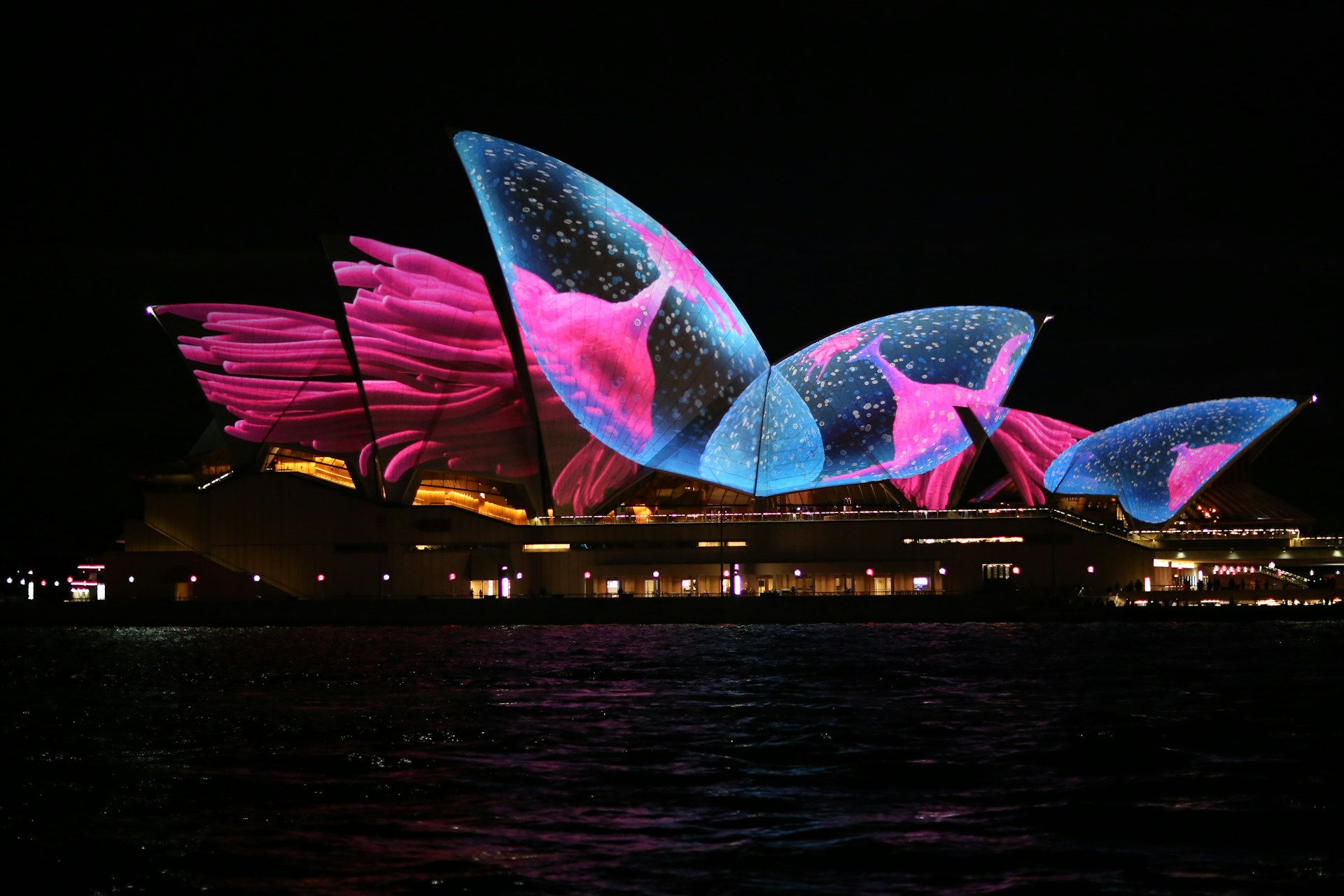
Some buildings take decades to worm their way into the identity of a place. The Sydney Opera House, for example, was originally hated by the people of Sydney who campaigned against it. Likewise the Eiffel Tower, once described as a “tragic street lamp”, and San Francisco’s Golden Gate Bridge initially referred to as “an upside-down rat trap”.
Time may yet be kind to somewhere like the Scottish Parliament, which has won both the Stirling Prize (the UK’s top architectural award), as well as the honour of being voted the ugliest building in the world. Who knows, in 50 years the Edinburgh locals may cherish its idiosyncratic appearance the way Australians love their Opera House.
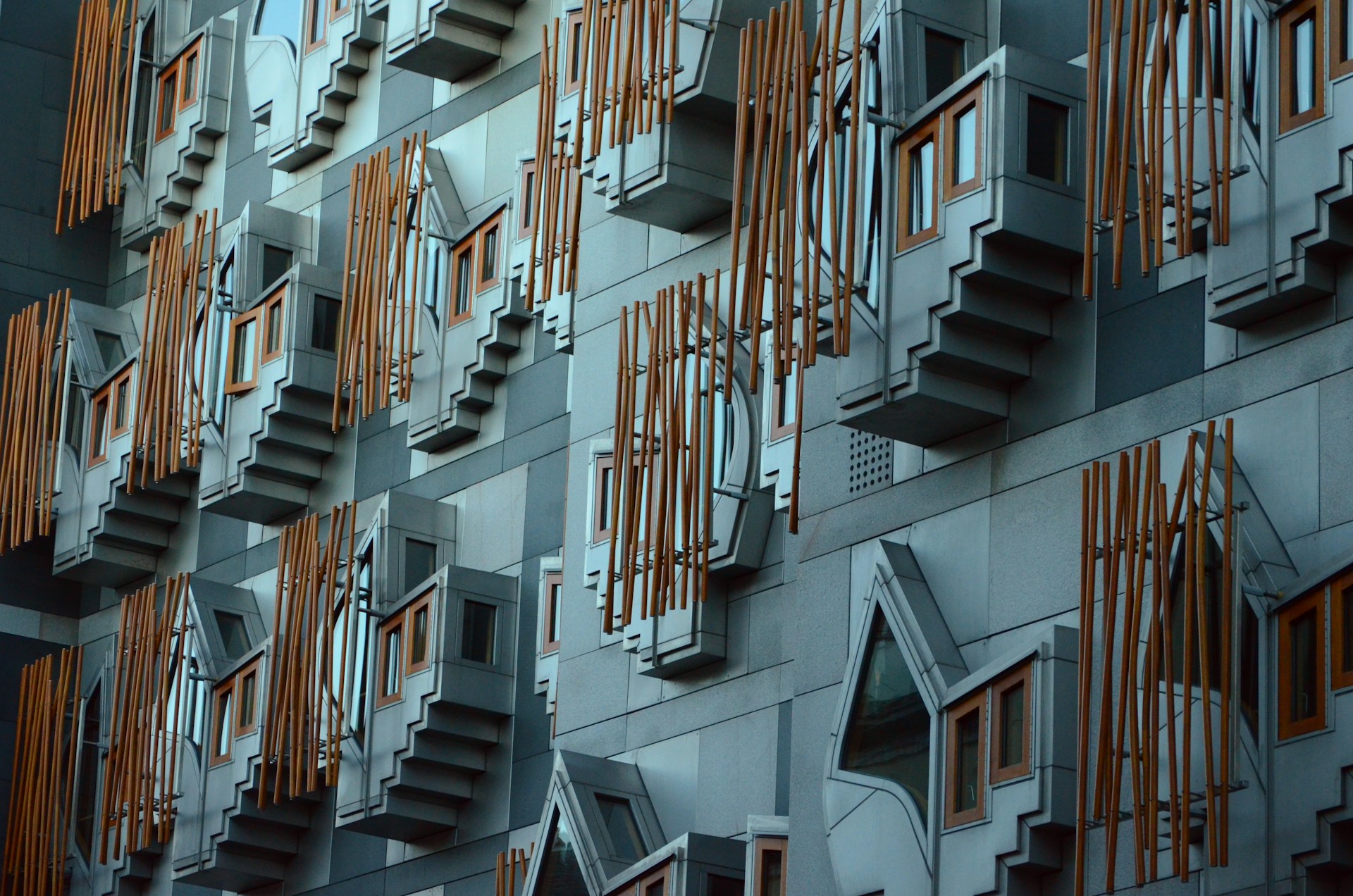
Stick around long enough and oddness becomes personality, difference becomes iconicity.
But the recipe for character remains elusive. Some mix of originality, nonchalance, quirkiness, throw in a bit of good fortune, the precise ingredients and their measure forever beyond our grasp. You’ll know it when you see it. Treasure it when you do.